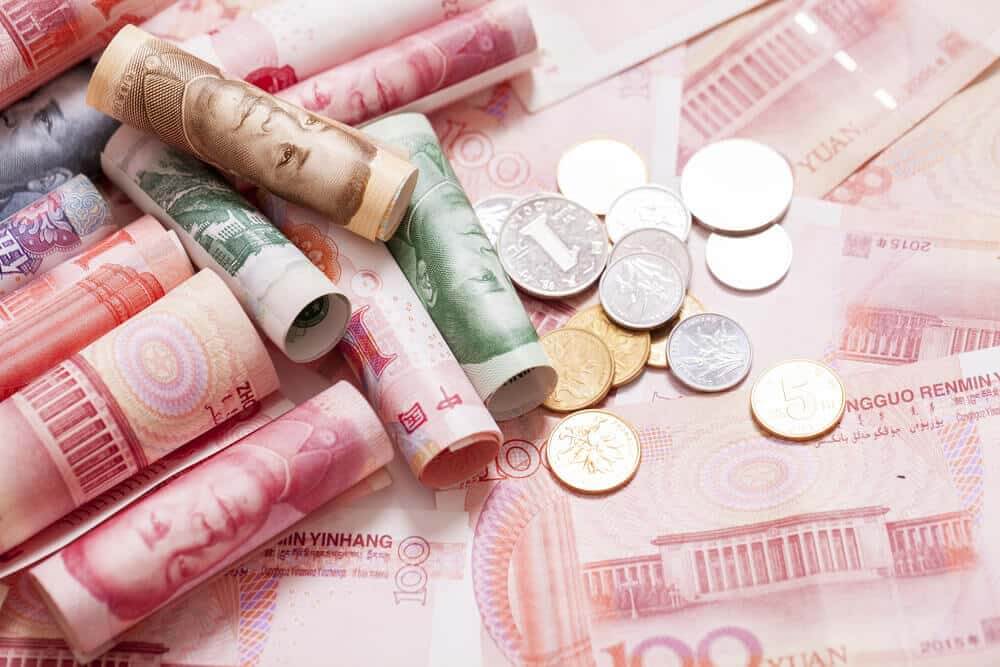
Russia exchanges US dollars for Chinese yuan
In June last year, Russia sold half of the US bonds it owned, which was about $47.5 billion. According to a Russian central bank report, the Chinese currency, the yuan, has taken on significant Russian reserves weight. The Chinese money accounts for 15 percent of total holdings. It is an increase of 5 percent at the end of the first quarter. According to data from the International Monetary Fund, Russia’s yuan share is roughly ten times higher than the world’s central banks’ average. Its total currency holdings account for about a quarter of the world’s reserves in yuan.
Russia is making a strategic shift in its reserves, according to Benn Steil, the director of international economics at the Council on Foreign Relations in New York. The country tries to keep fewer dollars and more assets in other currencies.
Russia is not abandoning the dollar. The dollar is abandoning Russia.
The recently released data reveals a dramatic acceleration in policy that Russia has been pursuing for several years. The country tries to reduce exposure to assets that could be affected by the US sanctions. The heavy sanctions imposed on major Russian companies earlier in April hit the ruble. They sparked fears that more restrictions could emerge, such as measures to isolate Moscow from global payment systems.
Russian President, Vladimir Putin, stated in November that Russia is not abandoning the dollar. It is the dollar that is getting rid of Russia. The instability of dollar payments creates many global economies’ desire to find alternative reserve currencies and create dollar-independent settlement systems. However, the Russian President claimed that they are not the only ones who are doing it.
Russia’s reserves are among the ten largest globally. At the end of June 2018, they recorded a total of $458 billion. According to analysts at Morgan Stanley, Russia has participated in 90 percent of China’s bond acquisitions in the first half of 2018. In addition to yuan, Russian reserves consist of euros and Japanese yen holdings worth $21 billion.
Russia’s central bank scrapped US holdings from its vast reserves. It switched to euros and yuan last spring amid a new round of US sanctions. Elina Ribakova, a member of Bruegel’s think tank in Brussels, stated that the cost benefits of a massive switch to the yuan are unclear in a purely economic sense. However, it makes a lot of sense if you take geopolitics into account.
-
Support
-
Platform
-
Spread
-
Trading Instrument




